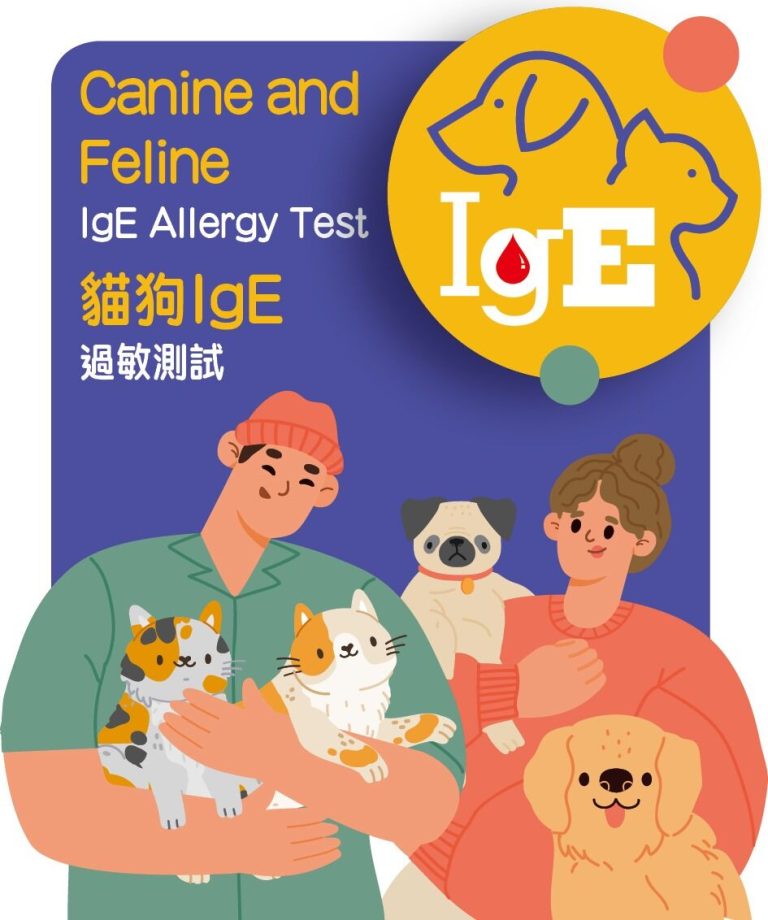Pets are indispensable companions in many people’s lives, bringing joy and companionship. However, beneath this warmth may lie an unexpected health risk—pet allergies.
Many people mistakenly believe that pet allergies are caused by fur, but the reality is more complex. Dr. Zhou Pan from Peking Union Medical College Hospital points out that the actual allergens are specific proteins found in pet dander, saliva, and urine. These proteins, secreted by the pet’s sebaceous glands, adhere to floors, sofas, and beds, becoming the primary source of allergic reactions.

Notably, cats are more allergenic than dogs. This is due to the higher concentration of Fel d 1 protein in cat secretions, which has a stable molecular structure and is small in size, allowing it to remain suspended in the air for long periods. The frequent self-grooming behavior of cats, such as licking their fur and scratching, further exacerbates the release of allergens.
The symptoms of pet allergies can be surprisingly diverse and severe. Mild symptoms include sneezing, runny nose, itchy eyes, and conjunctival redness. In more serious cases, skin rashes and hives may appear, and respiratory issues such as coughing and asthma can be triggered. In the most severe cases, allergic shock can occur, which can be life-threatening.
How can one determine if they are allergic to pets? Medical testing is key. Clinically, two main methods are used: serum IgE testing and skin prick tests. However, Dr. Pan emphasizes that a positive test result does not always mean a confirmed allergy; it must be combined with clinical symptoms for a comprehensive diagnosis.

For pet owners with mild allergies, it is not necessary to separate from their beloved pets. The key lies in scientific management. Specific recommendations include: limiting the pet’s activity areas, regularly cleaning furniture, bathing the pet weekly, using air purifiers, and maintaining good ventilation. It is particularly important to keep pets out of the bedroom.
Treatment options are also diverse. Symptom-based treatments include oral antihistamines, nasal sprays, and non-medication therapies such as nasal irrigation. For patients with more severe symptoms, immunotherapy is the only currently known method to potentially cure allergies, involving the gradual injection of allergen extracts to build immune tolerance.
Dr. Pan concludes by emphasizing that pets indeed bring positive psychological benefits. For allergy sufferers, there is no need for excessive pessimism. With the guidance of a physician and through scientific management and treatment, it is still possible to live harmoniously with pets.
Understanding the truth about pet allergies not only protects personal health but also makes pet ownership more reassuring. Scientific pet care, where love does not become a burden, is the goal every pet owner should strive for.








